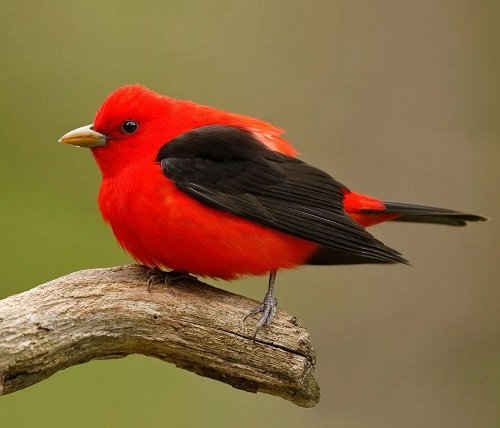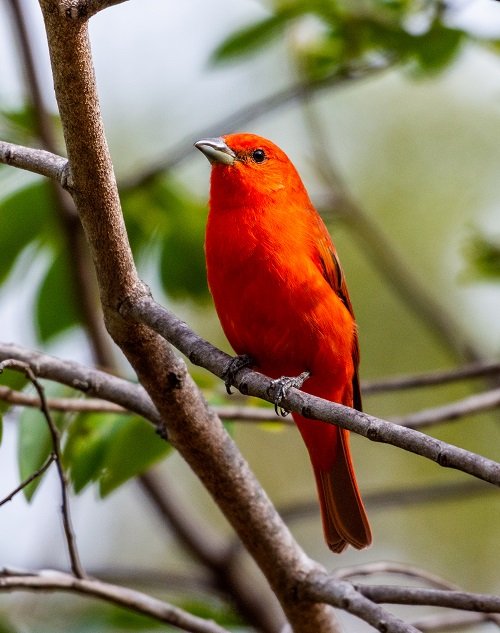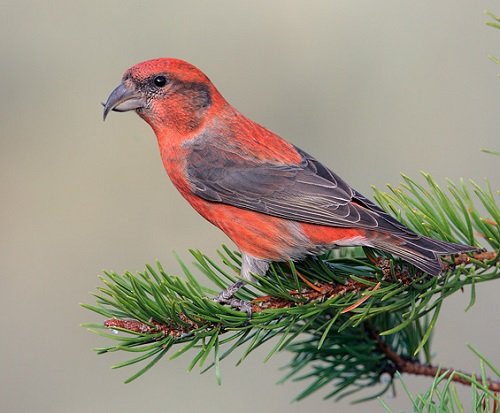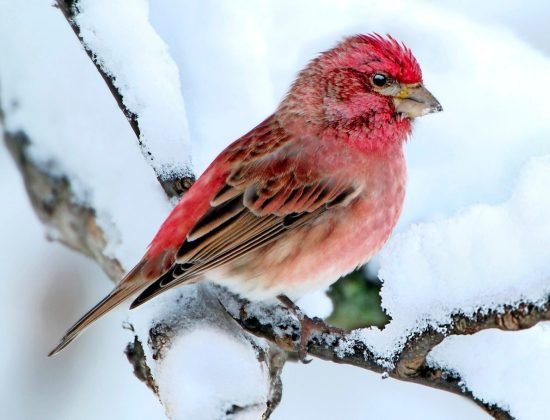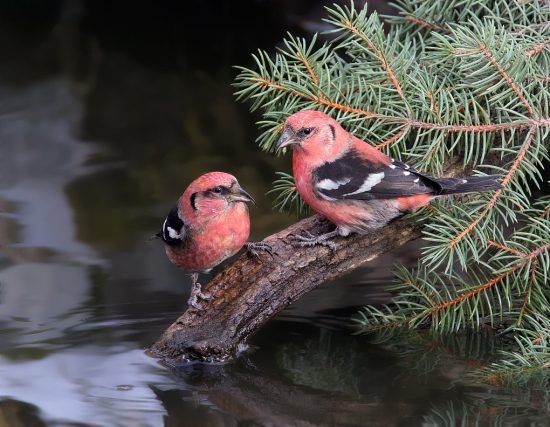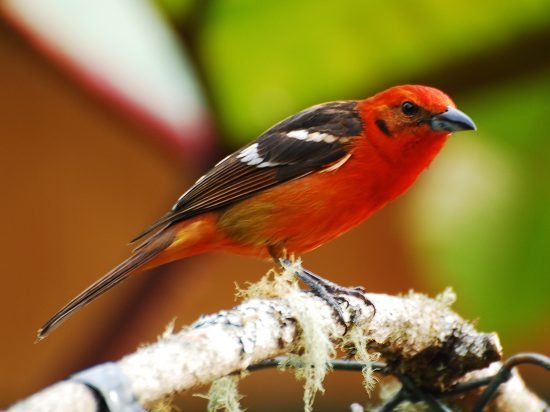This article showcases the most beautiful Red Birds of Texas! So the next time you spot one, you will know its name for sure!
From the vivid crimson of the Northern Cardinal to the russet hues of the Red-shouldered Hawk, these birds are a feast for the eyes. If you’re an avid birdwatcher or simply someone who appreciates the rich tapestry of nature, you won’t want to miss this captivating guide that delves into the lives, habitats, and stunning visuals of the most radiant Red Birds of Texas!
Check out the most beautiful black birds with yellow beaks here
Red Birds of Texas
Texas is a haven for birdwatchers, offering a plethora of species that captivate the eye and stimulate the imagination. Among the multitude of birds that call Texas their home or pit stop during migration, red birds hold a particular charm.
They’re more than just striking in appearance; these crimson-hued beauties are often loaded with symbolic meaning and cultural significance. Their vibrant red plumage also provides excellent opportunities for photography, especially against the state’s varied natural backdrops.
12 Common Owls in Maryland
Red Birds of Texas
1. Northern Cardinal
Zoological Name: Cardinalis cardinalis
These Red Birds of Texas have a striking red plumage and a distinctive crest. These year-round residents are often seen in woodlands, gardens, and shrublands, and they primarily eat seeds, insects, and fruits.
Check out Birds with Red Chest here
2. Summer Tanager
Zoological Name: Piranga rubra
The Summer Tanager is a medium-sized bird that migrates to Texas for the summer. They prefer forests with tall trees and primarily feed on insects, including catching bees and wasps in mid-air.
3. Scarlet Tanager
Zoological Name: Piranga olivacea
Scarlet Tanagers, less common than Summer Tanagers, can be spotted in eastern Texas during migration. These Red Birds of Texas favor forest habitats, dining on insects and fruits, and undertake an extensive migration route from South America to North America.
4. Vermilion Flycatcher
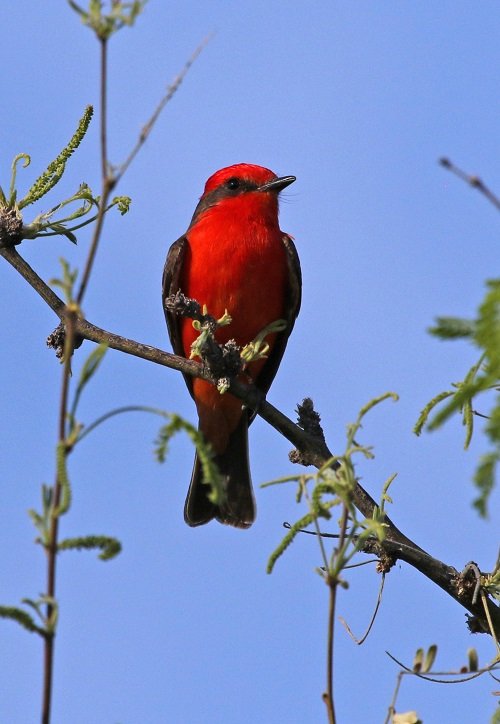
Zoological Name: Pyrocephalus rubinus
The Vermilion Flycatcher, frequently seen in the Rio Grande Valley and southern Texas, showcases bright red crowns contrasting with brownish-black back and wings. They hunt insects while perched and favor open habitats near water.
Find out How to Invite Birds on Balcony Garden here
5. Common Redpoll
Zoological Name: Acanthis flammea
The Common Redpoll, a small bird in North America, is recognized by its red cap and black chin. Often seen at winter bird feeders, they primarily eat birch and alder tree seeds and may migrate outside their usual range in search of food.
6. Hepatic Tanager
Zoological Name: Piranga flava
The Hepatic Tanager, displaying dark red feathers, can be spotted as a solitary bird in the mountainous areas of West Texas. It prefers the quiet surroundings of pine forests and serenades the woods with its beautiful songs.
7. Red Crossbill
Zoological Name: Loxia curvirostra
Identified by their unique beaks adapted for extracting seeds from conifer cones, male Red Crossbills display a brick-red plumage. These Red Birds of Texas are common in coniferous forests, especially in the far northern and western regions of Texas.
8. Purple Finch
Zoological Name: Haemorhous purpureus
Despite its name, male Purple Finches often display a raspberry-red hue on their heads and chests, and they are common in woodland areas. These colorful birds bring vibrant bursts of red to the forested landscapes they inhabit.
Check out What to Feed Birds in the Balcony Garden here
9. Cassin’s Finch
Zoological Name: Haemorhous cassinii
The Cassin’s Finch frequently finds its habitat in the western mountainous regions of Texas, where it gains recognition for its red crown and throat. These Red Birds of Texas are also popular for their melodious calls.
10. White Winged Crossbill
Zoological Name: Loxia leucoptera
This bird stands out with its unique beaks that they use to extract conifer seeds. They display white wingbars and feature bright red or orange plumage. These Red Birds of Texas are common in coniferous forests.
11. Pyrrhuloxia
Zoological Name: Cardinalis sinuatus
The Pyrrhuloxia is a Southwestern bird, including parts of Texas, resembling a cardinal with red wing and tail accents. Common in arid habitats, they eat seeds, fruits, and insects, and are popular for their melodious calls.
Beautiful Hummingbirds In Georgia
12. Flame Colored Tanager
Zoological Name: Piranga bidentata
Native to parts of Texas, these Red Birds of Texas boast striking flame-red plumage in males and yellow-green hues in females. They inhabit open woodlands and forests, primarily feasting on insects and fruits.
13. Painted Bunting
Zoological Name: Passerina ciris
The Painted Bunting showcases bright blue, green, and red plumage. They prefer shrubby habitats, occasionally visiting bird feeders for seeds, and are a favorite among birdwatchers due to their vibrant appearance.
Learn about the Ugliest Birds in the World here
14. House Finch
Zoological Name: Haemorhous mexicanus
The House Finch adapts well to urban areas, nesting on buildings and visiting bird feeders. Males have bright red heads and throats, while females are more subdued.
15. Red Shouldered Hawk
Zoological Name: Buteo lineatus
While not entirely red, the bird’s plumage blends rust, orange, and brown shades, creating a warm, fiery appearance that can’t be easily ignored.




